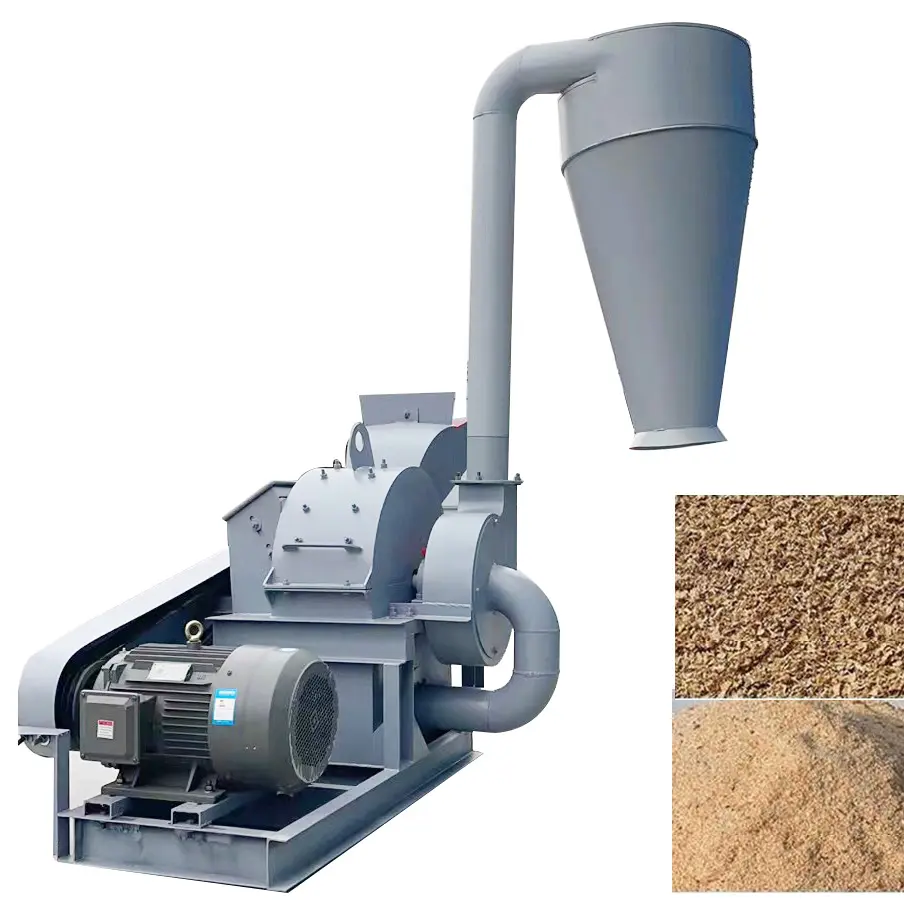Guidelines for Efficient Broiler Transport Cage Design and Use
Dec . 15, 2024 14:18 Back to list
Guidelines for Efficient Broiler Transport Cage Design and Use
The Importance of Broiler Transport Cages in Poultry Farming
In the modern poultry industry, the welfare of chickens, especially broilers, is paramount. With the increasing focus on animal welfare and food safety, the design and utilization of transport cages for broilers have evolved to meet these standards. Broiler transport cages serve not only as a means of moving birds from one location to another but also play a vital role in ensuring their health, safety, and overall well-being during transit.
Understanding Broiler Transport Cages
Broiler transport cages are specialized enclosures designed to safely transport live chickens, particularly those raised for meat production. These cages are typically constructed from durable materials such as galvanized steel or high-quality plastics, which can withstand the rigors of transportation while providing adequate ventilation. Proper design of these cages is essential to prevent injury and stress among the birds during transit.
A well-designed broiler transport cage usually features individual compartments for each bird or groups of birds, promoting comfort and minimizing stress
. The cages are often equipped with ventilation holes and proper spacing to ensure that each bird has access to fresh air. Additionally, the design must allow for easy loading and unloading, which reduces the duration of stress during transitions.Welfare Considerations
Animal welfare is a significant concern in poultry farming, and the use of transport cages directly impacts the health of the birds. Studies show that stress during transportation can lead to a range of welfare issues, such as dehydration, bruising, and even mortality. Therefore, implementing best practices in cage design can lead to better outcomes for broilers.
Cages should be appropriately sized to accommodate the average weight and size of the birds. Overcrowding is a common issue that can lead to stress and injury. The industry guideline suggests allowing a minimum space per bird to promote comfort. Moreover, the material should be non-toxic and easy to clean to minimize the risk of disease transmission among the flock.
broiler transport cage

Efficiency in Transport
Efficient transport of broilers is pivotal for maintaining the supply chain for poultry products. The design of transport cages should also consider the logistics of loading, unloading, and stacking to optimize space in transport vehicles. This is critical for minimizing transportation costs while ensuring that the birds reach their destination safely and promptly.
Innovative designs incorporate features that allow for quick assembly and disassembly, enhancing ease of use for farmers and transporters. Moreover, advancements in technology, such as GPS tracking, can be integrated with transport cages, allowing for real-time monitoring of the birds during transit. This capability can help identify any issues that may arise, ensuring quick intervention if needed.
Regulatory Compliance
As concerns over animal welfare continue to rise, regulatory bodies are increasingly implementing stringent guidelines for the transport of live animals, including poultry. Effective use of broiler transport cages is essential for complying with these regulations. Farmers and transport companies must stay informed about the latest standards to ensure that their methods align with legal requirements and moral obligations to provide humane treatment of animals.
Conclusion
Broiler transport cages are a crucial element of the poultry industry, serving to safeguard the health and welfare of the birds during transit. Ensuring that these cages are designed with consideration for the animals’ comfort and safety is imperative for modern poultry farming. By investing in high-quality transport solutions, farmers can enhance the overall quality of their produce, improve their operational efficiency, and contribute positively to the welfare of the animals they raise. As the industry continues to evolve, so too must our methods and practices, ensuring a more humane and efficient poultry production system.
-
Hot Sale 24 & 18 Door Rabbit Cages - Premium Breeding Solutions
NewsJul.25,2025
-
Automatic Feeding Line System Pan Feeder Nipple Drinker - Anping County Yize Metal Products Co., Ltd.
NewsJul.21,2025
-
Automatic Feeding Line System Pan Feeder Nipple Drinker - Anping County Yize Metal Products Co., Ltd.
NewsJul.21,2025
-
Automatic Feeding Line System - Anping Yize | Precision & Nipple
NewsJul.21,2025
-
Automatic Feeding Line System - Anping Yize | Precision & Nipple
NewsJul.21,2025
-
Automatic Feeding Line System-Anping County Yize Metal Products Co., Ltd.|Efficient Feed Distribution&Customized Animal Farming Solutions
NewsJul.21,2025






